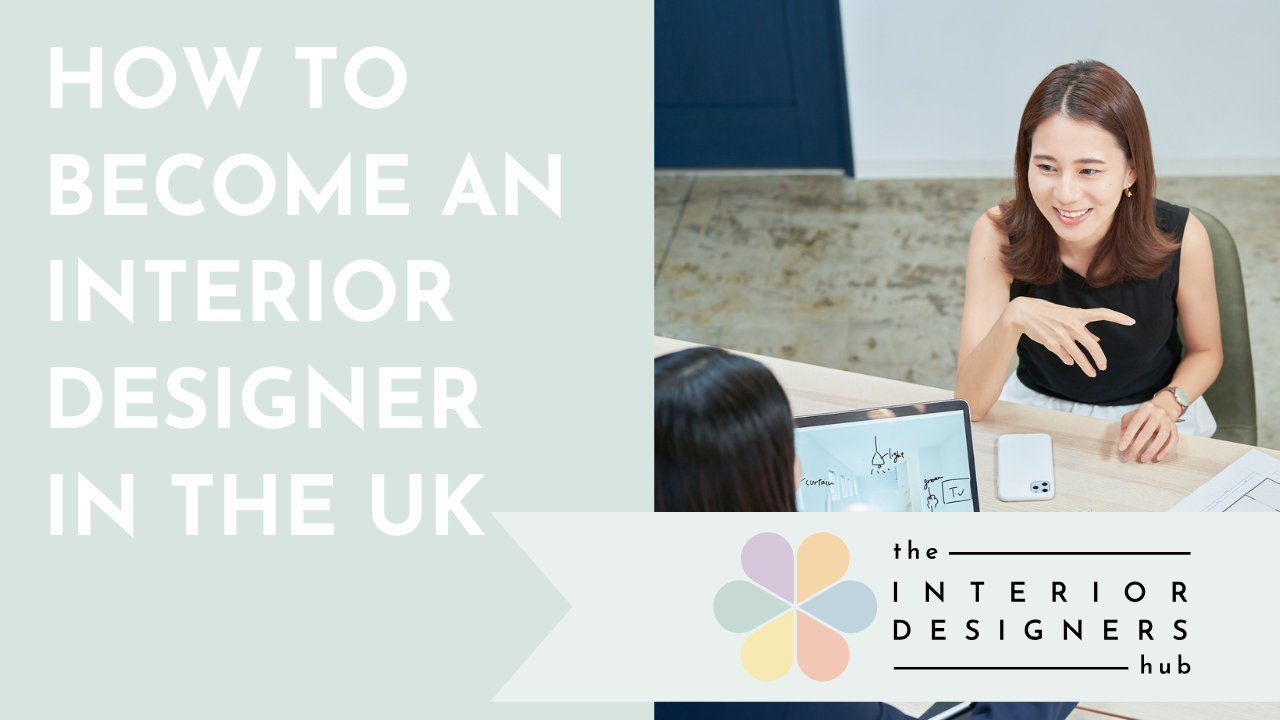When Clients Disagree: How to Handle Conflicting Tastes
Picture the scene: you’re in a design consultation, and one partner lights up and says, “I just adore bold, vibrant colours!” Before you can reach for the colour wheel, the other chimes in with, “Actually, I prefer something neutral and calming.” And then, they both turn to you expectantly, as if you’re supposed to save their marriage with Farrow & Ball.
Sound familiar?
You’re not alone. This situation crops up more often than you might think. And the default response from many designers? Compromise.
But here’s the issue with that approach: compromise often leads to bland, personality-free spaces that neither client truly loves. The home ends up feeling like a reluctant truce rather than a joyful expression of both people’s personalities.
Let’s talk about a better way to handle these moments, without turning your project into a design version of couples’ therapy.
The Myth of the Middle Ground
Here’s where most designers go wrong: they think the answer is to simply “blend” opposing styles. One partner wants soft, traditional charm, think floral wallpaper and warm wood panelling. The other wants sleek, ultra-modern minimalism. The solution? A sort of transitional in-between.
Sounds logical. But in practice, it often results in something that pleases neither person. The space feels confused. It lacks conviction. And no one’s truly happy with the outcome.
Even worse? When one partner dominates the process while the other quietly fades into the background, until, halfway through the build, they suddenly unveil a string of strong (and conflicting) opinions. That’s when things unravel.
What Actually Works: The Three-Step Framework
Over the years, I’ve found a much more effective system for navigating these tricky dynamics. It’s built on clarity, structure, and a little bit of gentle authority.
1. The Equal Presence Rule
From the very beginning, both partners need to be present for all key meetings and major decisions. No exceptions.
I know, I know, it’s tempting to just crack on with whoever’s available when diaries are tight. But when one person misses a crucial discussion, they often lack the context behind design decisions. Then, when they see the plan later, they react emotionally because they don’t understand why those choices were made.
Avoid the back-and-forth by setting the ground rule: both voices matter, and both need to be in the room.
2. Weight Your Voices
This is the conversation most designers shy away from, but it’s vital. You need to know whether both clients' opinions carry equal weight across the board, or if certain areas of the home mean more to one person than the other.
Maybe one loves cooking and is really invested in the kitchen design, while the other is more concerned with creating a serene bedroom. That’s absolutely fine. But it has to be intentional, not accidental.
Ask early on:
“Are there areas where one of you feels more strongly? Or should I be looking for a solution that works equally for both of you throughout?”
And if there’s a power imbalance in the room, one person leading the conversation while the other goes quiet, don’t ignore it. Invite the quieter partner in gently with direct, open-ended questions. You’re not being nosy; you’re doing your job.
3. Concept Approval Before Details
Before you get into the details, colours, fabrics, furnishings, you need to lock in the concept. The big picture. The mood and function of the space. Is this going to be a sophisticated entertaining space? Or a relaxed, family-friendly haven?
Agreeing this upfront makes later decisions much easier. If one person suddenly suggests a hot pink sofa halfway through, you can gently guide them back:
“How does that fit with the cosy, natural concept we agreed on?”
You’re not shutting people down. You’re helping them stay anchored in the original vision. Clients appreciate that clarity more than you might think.
Putting It Into Practice
So how do you actually apply all of this?
At the very first meeting, before you look at a single Pinterest board, have the decision-making chat.
Say something like:
“To make sure this all runs smoothly, I’d love to understand how you usually make big decisions together. Are there areas where one of you tends to take the lead?”
Watch the dynamics closely. If someone shrugs and says “I don’t mind,” dig a little deeper. People often say that to avoid tension, not because they truly don’t care. Ask instead:
“What would make this space feel really comfortable for you?”
“Is there anything that absolutely wouldn’t work for your day-to-day life?”
And if someone changes their tune later on? Don’t just roll with it. Kindly bring them back to the framework:
“This seems like a change from what we discussed before, can we take a minute to talk through how it fits with the concept we agreed on?”
You’re not a therapist. But having a clear, structured process not only keeps you out of relationship drama, it actually leads to much better results for everyone.
The Real Goal
Let’s be honest. You’re not trying to avoid every disagreement. That’s not realistic. The goal is to channel those differences into a design that feels deeply personal and genuinely reflective of both people.
Because that’s what great design is all about, it’s not just beautiful. It’s meaningful.
Over to You
Have you ever had to mediate between clients with totally different tastes? Or if you’re not a designer yet, maybe you’ve had a décor disagreement in your own home?
Until next time,
Kate x
Not sure how to set up and run your own business?
👇 Grab our step by step roadmap and stop guessing! 👇
By submitting this form you consent to receiving marketing emails. You can subscribe at any time.









